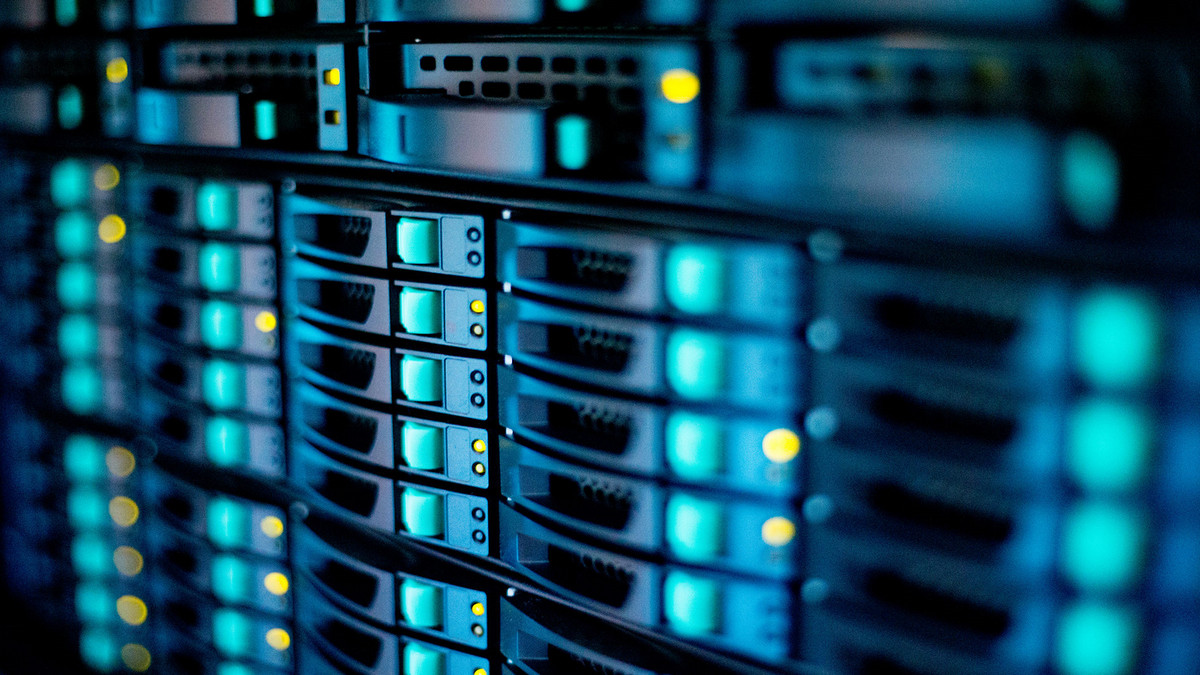End System (ES), a concept in OSI networking, refers to a host or node in an OSI network. Another key concept in an OSI network is the intermediate system (IS), which refers to the routers and switches that carry information through the network.
What are Terminal Services?
Terminal Services is also called Windows-based Terminal (WBT), which is integrated into Windows.NET Server and exists as a system server service component. The working principle of Terminal Services is that the client and the server communicate through the TCP/IP protocol and the standard local area network framework. Through the client terminal, the client's mouse and keyboard inputs are transmitted to the terminal server, and then the display on the server is transmitted back to the client. The client does not need to have computing power, at most it only needs to provide a certain cache capacity. Many clients can log in to the server at the same time, as if working on the server at the same time, they are independent of each other as different session connections.
What Terminal Services Components are There?
Windows.NET Server Terminal Services consists of Windows.NET Server multi-user core, Remote Desktop Protocol, Terminal Services client software, Terminal Services licensing service, and Terminal Services system management tools.
- Multi-user Core:
The multiuser kernel extensions originally developed for Windows NT Server 4.0 terminal servers have been greatly enhanced in Windows.NET Server and become a standard part of the Windows.NET Server family kernel. This core is always embedded in the server operating system, whether Terminal Services is installed or not.
- Remote Desktop Protocol:
A core component of Windows.NET Server Terminal Services is the protocol that allows clients to communicate with terminal servers on the network. This protocol is a multi-channel protocol based on the international standard T.120 formulated by the International Telecommunication Union. It is a double-byte compatible protocol used in various network environments to achieve network location, automatic offline, and remote configuration.
- Terminal Services Client:
The client software is used to display the familiar 32-bit Windows user interface on the client's computer. It is a small application that establishes and maintains a connection between a client and a server running Terminal Services. It sends all user input, such as keystrokes or mouse movements, to the server, and returns all server-side output, such as application display messages and print streams, to the client.
- Terminal Services Licensing Service:
This service is required when Terminal Services is installed in application server mode. This service enables Terminal Services to obtain and manage Terminal Services Client Access Licenses (CALs) for connected devices. The Terminal Access Licensing service is not required when Terminal Services is installed in remote administration mode. The Terminal Services Licensing Service is a component of the Windows.NET Server.
- Terminal Services Management Tools:
Administrative tools consist of software that manages Terminal Services. Includes Terminal Services License Manager, Terminal Services Client Builder, Terminal Services Client Configuration Tool, and Terminal Services, Manager.
History of Terminal Service Development:
Since the version of Windows 2000 Server, the built-in terminal service function has been quite common in enterprise IT applications, but the version at that time was not ideal in terms of performance operation and management design so most of them were only used by system administrators. For remote server management, as for the actual client connection, most of them integrate products from other third-party vendors. It wasn't until Windows Server 2003 that the practical application of enterprise clients began to be greatly promoted due to the substantial improvement in the overall operating performance of terminal services.
The newly launched Windows Server 2008 has a built-in terminal service role, which is not only more ideal in terms of performance design, but also provides a complete access mechanism and excellent remote security access control mechanism. The RemoteApp function provided by Terminal Services in Windows Server 2008 is the most considerate new function for the client in this comprehensive revision design of terminal services because the old version of Windows Server must integrate products from other third-party vendors to Execution, and the management and use of this function will make the client execute the application on the terminal service host just like executing the application on the machine. For the administrator, the deployment from installation to the client will be made easier.
As for the built-in new Terminal Service Gateway (TS Gateway) server, it allows authorized users to easily connect external computers to the TS Gateway of the company network with the ability to connect to the Internet, and then use the TS gateway to automatically redirect to the terminal server to be connected, or the computer that has opened the remote desktop connection. TS Gateway will use Remote Desktop Protocol (RDP) with HTTPS to help establish a more secure encrypted connection, which is called RDP over HTTPs.






.png)







